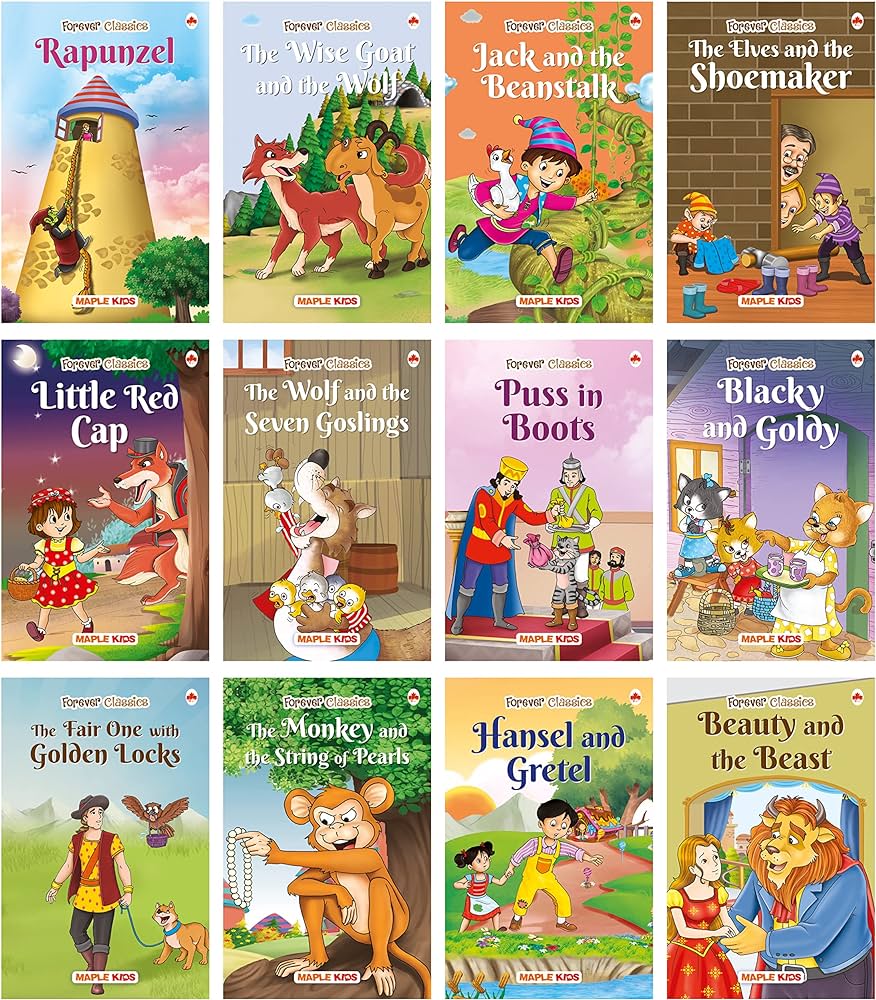Storytelling is a magical art that transcends generations, cultures, and boundaries. From ancient oral traditions to contemporary written works, stories have always been a fundamental part of human experience. They captivate our imaginations, evoke deep emotions, and offer insight into different perspectives. This article delves into the enchantment of storytelling by exploring timeless classics and modern favorites, and examining how they continue to shape and inspire readers.
### **1. The Timeless Classics**
**The Power of Tradition**
Timeless classics are the cornerstone of literary heritage. These stories have endured through centuries, often because they resonate with fundamental human experiences and emotions. Some of the most notable classics include:
– **”Alice’s Adventures in Wonderland” by Lewis Carroll:** This whimsical tale of Alice’s journey through a fantastical world continues to captivate readers with its imaginative narrative and memorable characters.
– **”Pride and Prejudice” by Jane Austen:** Austen’s exploration of social norms and romantic entanglements remains a beloved classic, offering both keen social commentary and enduring romance.
– **”The Adventures of Tom Sawyer” by Mark Twain:** Twain’s story of youthful mischief and adventure provides a vivid portrayal of 19th-century American life and the universal themes of childhood.
**Why They Endure**
– **Universal Themes:** Classics often address universal themes such as love, loss, and the quest for identity. These themes remain relevant across different eras and cultures.
– **Rich Characters:** Memorable characters with depth and complexity engage readers and create emotional connections that last over time.
– **Cultural Impact:** Many classics have influenced subsequent literature and media, embedding themselves deeply in cultural consciousness.
### **2. Modern Favorites**
**A New Era of Storytelling**
Modern storybooks have expanded the boundaries of storytelling, incorporating diverse voices, innovative formats, and fresh perspectives. Some modern favorites include:
– **”Harry Potter” series by J.K. Rowling:** Rowling’s magical world has enchanted millions with its blend of fantasy, adventure, and themes of friendship and bravery.
– **”The Hunger Games” by Suzanne Collins:** This dystopian series explores themes of survival, power, and resistance, resonating strongly with contemporary audiences.
– **”Where the Crawdads Sing” by Delia Owens:** Combining mystery, romance, and a deep connection to nature, Owens’ novel highlights the power of storytelling to evoke empathy and explore complex characters.
**Why They Appeal**
– **Innovative Narratives:** Modern stories often experiment with narrative techniques, genre-blending, and non-linear structures to engage readers in new ways.
– **Diverse Voices:** The inclusion of diverse perspectives and experiences enriches the literary landscape, offering readers a broader range of stories and insights.
– **Contemporary Relevance:** Modern favorites often address current social issues, technological advancements, and evolving cultural norms, making them highly relevant to today’s readers.
### **3. The Magic of Storytelling**
**Emotional Engagement**
One of the most enchanting aspects of storytelling is its ability to evoke powerful emotions. Whether through the trials of classic heroes or the struggles of modern protagonists, stories can make readers laugh, cry, and reflect on their own lives.
– **Empathy and Connection:** Stories allow readers to live vicariously through characters, fostering empathy and a deeper understanding of different experiences and perspectives.
– **Imagination and Escape:** Both classic and modern stories provide an escape from reality, allowing readers to explore fantastical worlds, historical eras, or future possibilities.
**Cultural Reflection and Influence**
Stories also serve as a mirror to the cultures and times in which they are written. They reflect societal values, challenges, and aspirations, while also influencing cultural trends and public discourse.
– **Cultural Identity:** Storybooks often explore themes of identity, tradition, and belonging, helping readers understand and appreciate their own cultural heritage and that of others.
– **Social Commentary:** Through allegory, satire, and direct commentary, stories can address social issues and provoke thought and discussion.
### **4. The Future of Storytelling**
**Evolving Formats**
As technology advances, the way we tell and consume stories is evolving. Digital formats, interactive storytelling, and multimedia experiences are shaping the future of storytelling.
– **E-Books and Audiobooks:** The convenience of digital formats allows readers to access a vast array of stories anytime, anywhere.
– **Interactive Narratives:** Video games, virtual reality, and other interactive media are providing new ways for audiences to engage with stories and shape their outcomes.
**Continued Innovation**
Storytelling will continue to evolve, incorporating new technologies and exploring fresh narratives. However, the core magic of storytelling—its ability to connect, inspire, and transform—will remain a timeless and universal aspect of human experience.
### **Conclusion**
The magic of storytelling lies in its timeless ability to captivate, inspire, and connect us across cultures and generations. Whether through the cherished classics that have stood the test of time or the modern favorites that reflect contemporary experiences, stories have a unique power to shape our understanding of the world and ourselves. As we look to the future, the blend of tradition and innovation in storytelling will continue to enchant and engage readers, ensuring that the art of storytelling remains as vital and enchanting as ever.
